
Amarta, turning all preconceived notions of sake on their head.
The name Amarta takes inspiration from the Sanskirt “amrita”, a word describing the nectar of the gods that eases suffering and grants the drinker immortality.
In Japanese kanji, Amarta combines the characters for “sweet” and “dew”, creating an image of a liquid thick and sweet like honey.
Amarta was born in Yoshino in Nara Prefecture, the home of Yoshino cedar.
At once sweet and complex, befitting of its birthplace Amarta is brewed in wooden “Kioke” vats made from Yoshino cedar.
Already profound, once you discover the passion poured into each bottle your experience will deepen further.
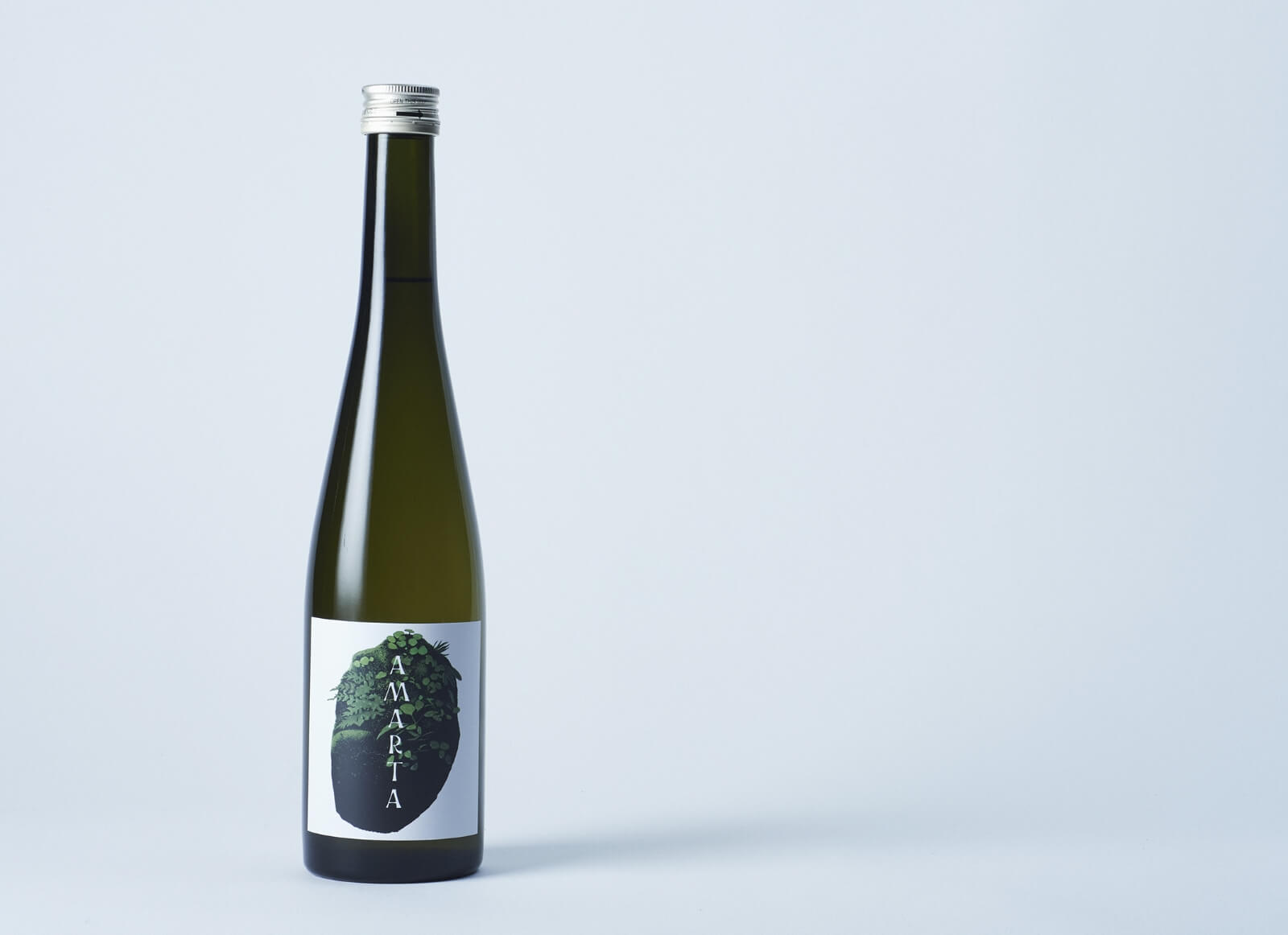
- Ingredients
- Rice (domestically produced),
Koji (domestically produced)
Junmai sake
(domestically produced) - Rice
- Nara-grown rice
- Recommended
serving
temperature - 5℃~12℃
- ABV
- 19%
- Vol.
- 500ml
-Interview
Amarta is a sake with a unique flavour profile
that expresses the unique characteristics
of its birthplace and incorporates them in its making.
We spoke to Teruaki Hashimoto,
Toji and managing director at the Miyoshino Sake Brewery about the making of Amarta,
a sake with a flavour profile like no other bursting with the character of its hometown, Yoshino.
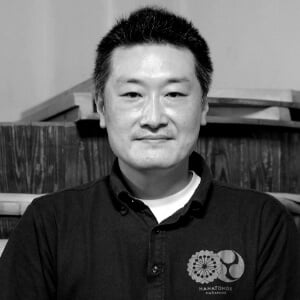
Teruaki Hashimoto
(Miyoshino Sake Brewery Managing Director and Toji)
Teruaki Hashimoto is the 4th generation Toji of the Miyoshino Sake Brewery, established in 1912. After studying brewing at university, he cut his teeth working at Kenbishi before moving on to Miyoshino. In 2017, Hashimoto made the decision to revolutionise Miyoshino’s entire approach, notably including a switch to brewing sake with ambient yeast. This new approach, which expresses the blessings of nature bestowed on Yoshino and the essential umami character of rice brought out through their hand-crafted techniques, stands to this day.
Nara Prefecture, Yoshino-gun, Yoshino-cho, Muda 1238-1
Homepage:https://www.hanatomoe.com/
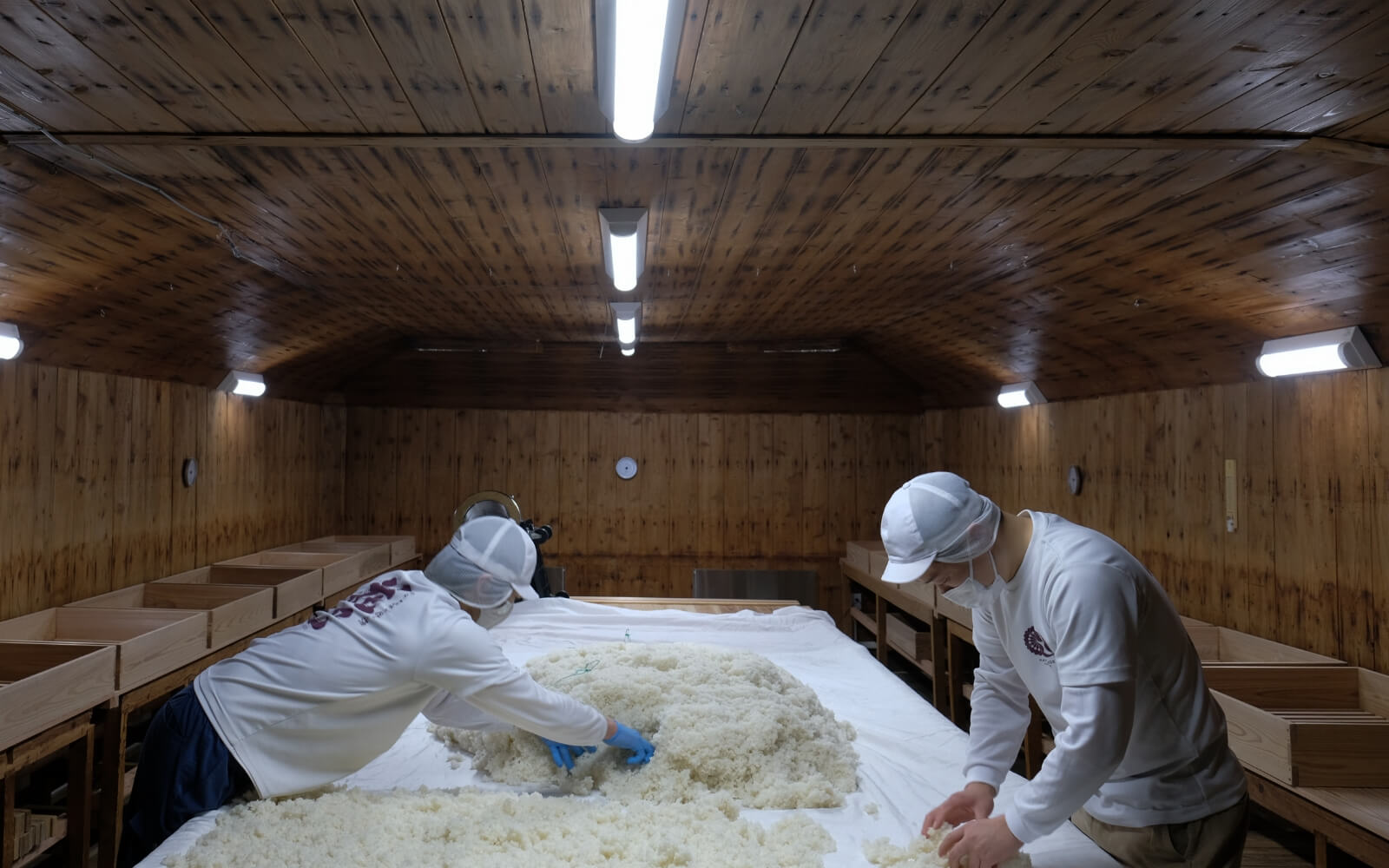
―What kind of sake is Amarta? Tell us about what makes it special.
Teruaki Hashimoto: when most people think of sake, what usually comes to mind is Ginjo and Daiginjo sake, something “pretty” and “easy to drink”. Amarta is not that kind of sake. It combines sweetness and “zatsumi” (a Japanese word used to describe a complex and sometimes rough range of flavours usually considered undesirable in Ginjo sake) to create something much more complex. It’s a bit of a departure from the world of sake people are familiar with, but very much rooted in the history of sake through the use of traditional brewing techniques. We’ve tried to create something entirely new here, a unique experience we hope you’ll enjoy.
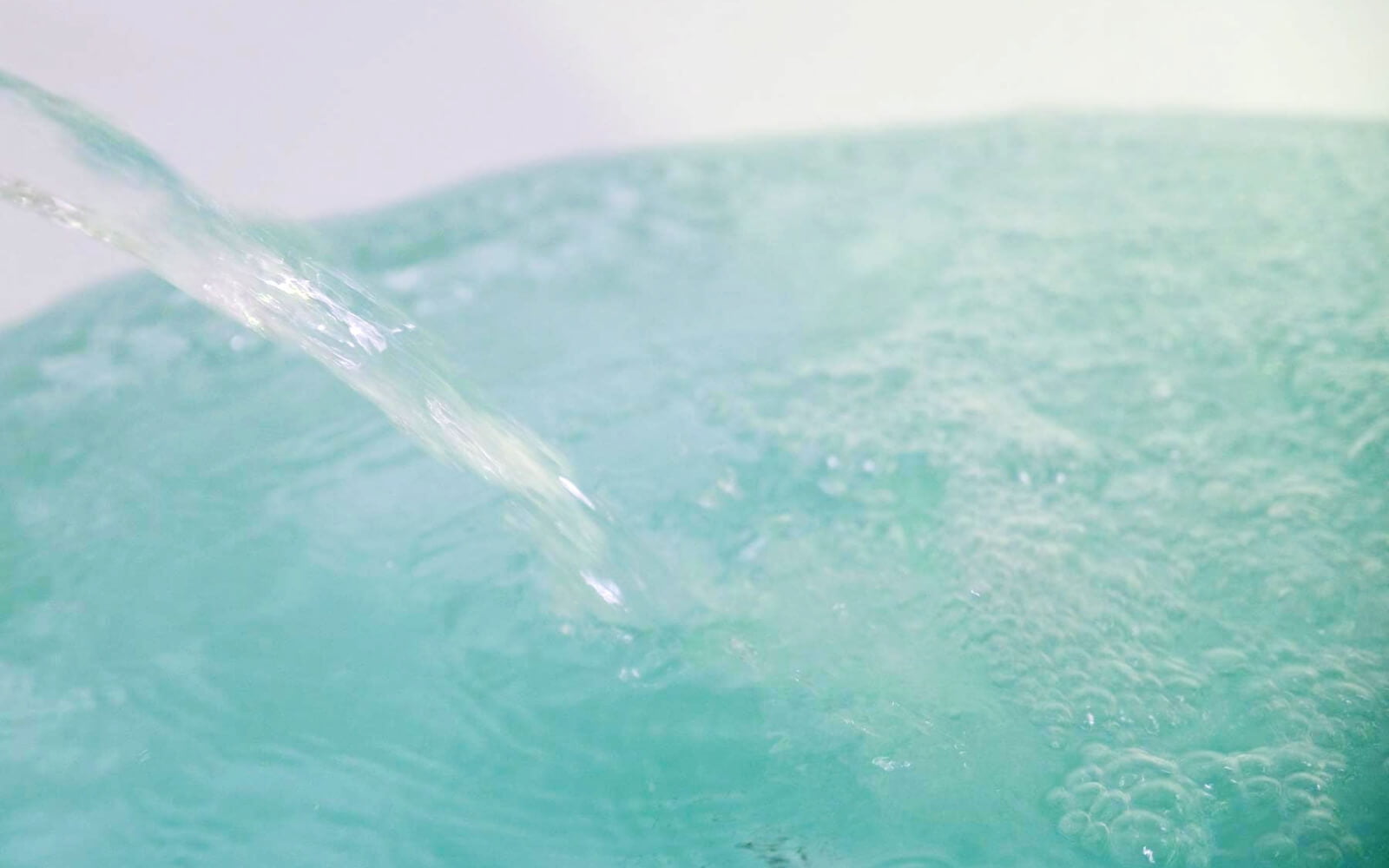
―Can you tell us a little more about what you mean by “a departure from the world of sake people are familiar with”?
Teruaki Hashimoto: Up until now, the act of polishing rice to achieve a purer flavour has been fundamental to what is generally considered to be good sake. The “zatsumi” I talked about before is looked down on as something to be eliminated. But for us it’s the “zatsumi” that makes the sake taste so good – that’s one of our fundamental values. You can also swap “zatsumi” with “umami”. To enjoy umami, you need a good level of acidity – but there’s a general tendency to think that with high levels of acidity come high levels of “zatsumi”. Our way of making sake uses acidity as a balancing component, but this runs contrary to the mainstream way of thinking. That’s why our sake is often said to be “different” from others on the market. Today, the first thing people look for when they look at sake is the different categorisations – what’s the polishing ratio? Is this a Daiginjo, a Ginjo? Getting to grips with these concepts is most people’s introduction to the world of sake too, it’s how they come to understand it – as we come at things from a completely different angle that doesn’t fit in with these categories, it can be difficult at first for people to understand what makes our sake special.
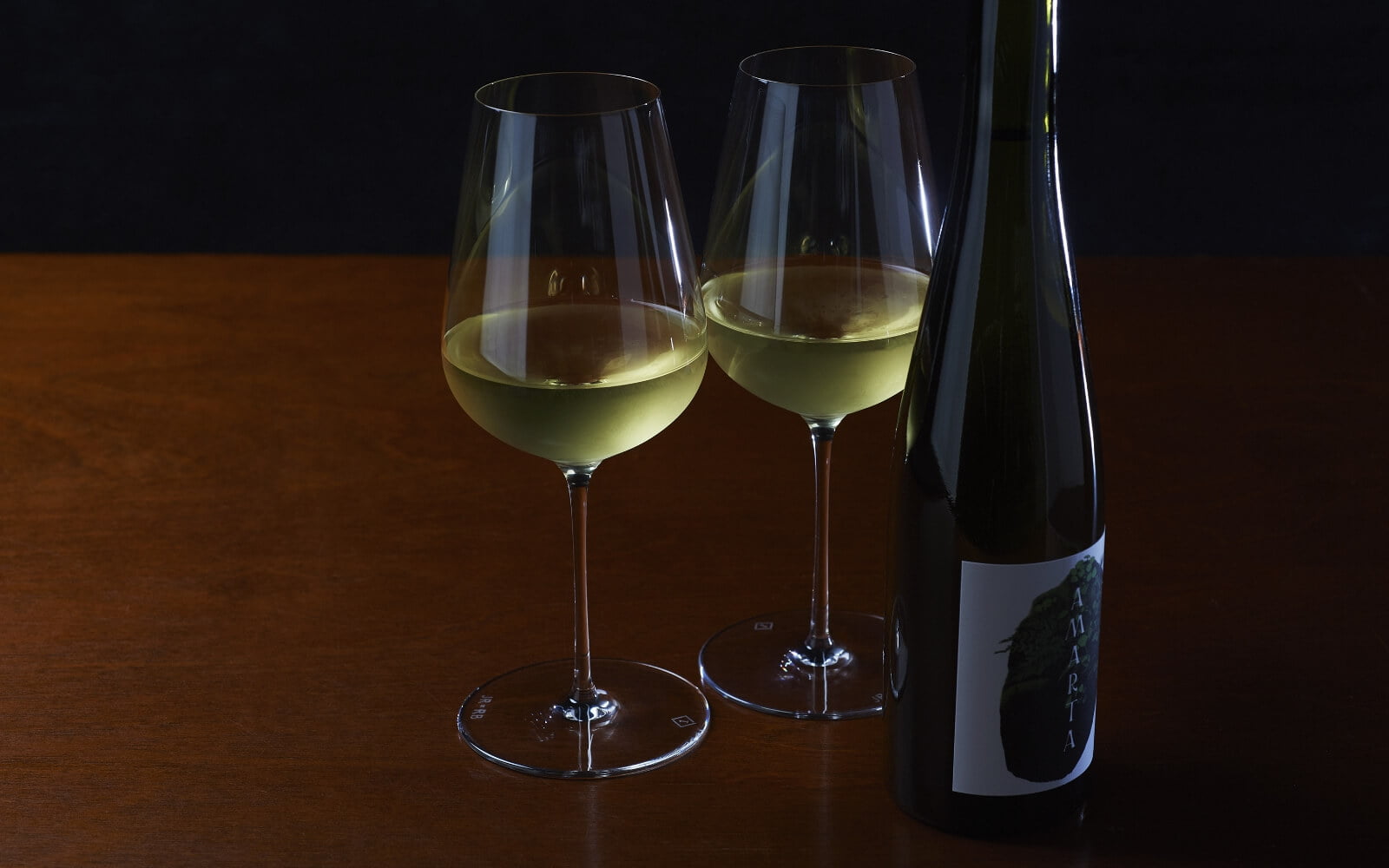
―What do you want people to get out of drinking your sake?
Teruaki Hashimoto: Well, it’s got to be the complexity – by that I mean the depth and range of flavours. For us, it’s not delicious because it’s clear and pure, it’s delicious because it’s complex, because it has profundity. I think that’s what we’ve accomplished with our sake making. You can pair it with food, you can serve it with dessert, and it can stand alone too. Drinking this sake is an adventure, a new discovery – I want people to enjoy the experience of drinking it and saying, “I’ve never drunk a sake like this before!”. I’d like to change the standards according to which sake tends to be evaluated today. Why say “it isn’t good because it’s sweet”, or “it’s rich so it tastes bad” – we could just as well say “it’s delicious because it’s sweet and rich.”
―Can you give us your recommendations for pairing, and how you’d recommend serving this sake?
Teruaki Hashimoto: The one pairing that comes up over and over is cheese. One of this sake’s calling cards is its sweetness, so something with a little salinity like blue cheese is a good match. The sweetness of the sake is similar to that of an ice wine or wines made from botrytised grapes, which has led to comparisons with honey or jam, so you can’t go wrong following the classic pairings associated with those wines, such as foie gras. I don’t think there are many sake out there that get compared to honey, but this one really earns it, not only for its sweetness but for its density.
―Amarta’s flavour is inspired by your own Hanatomoe brand, right?
Teruaki Hashimoto: That’s right. When we began working with Mottox, our starting point was one of the sake in our regular lineup, the Hanatomoe Nature x Nature. We all agreed it would be interesting to use this sake as a blueprint for the new project. On that basis, Amarta is brewed entirely with ambient yeast as well as Yamahai sake making techniques, as well as using an addition of Junmai sake made using a Mizumoto starter to the fermenting mash – all components featured in the making of Nature x Nature. What’s more, Amarta is made with organic rice and fermented in traditional wooden “kioke” vats, making it that much more special.
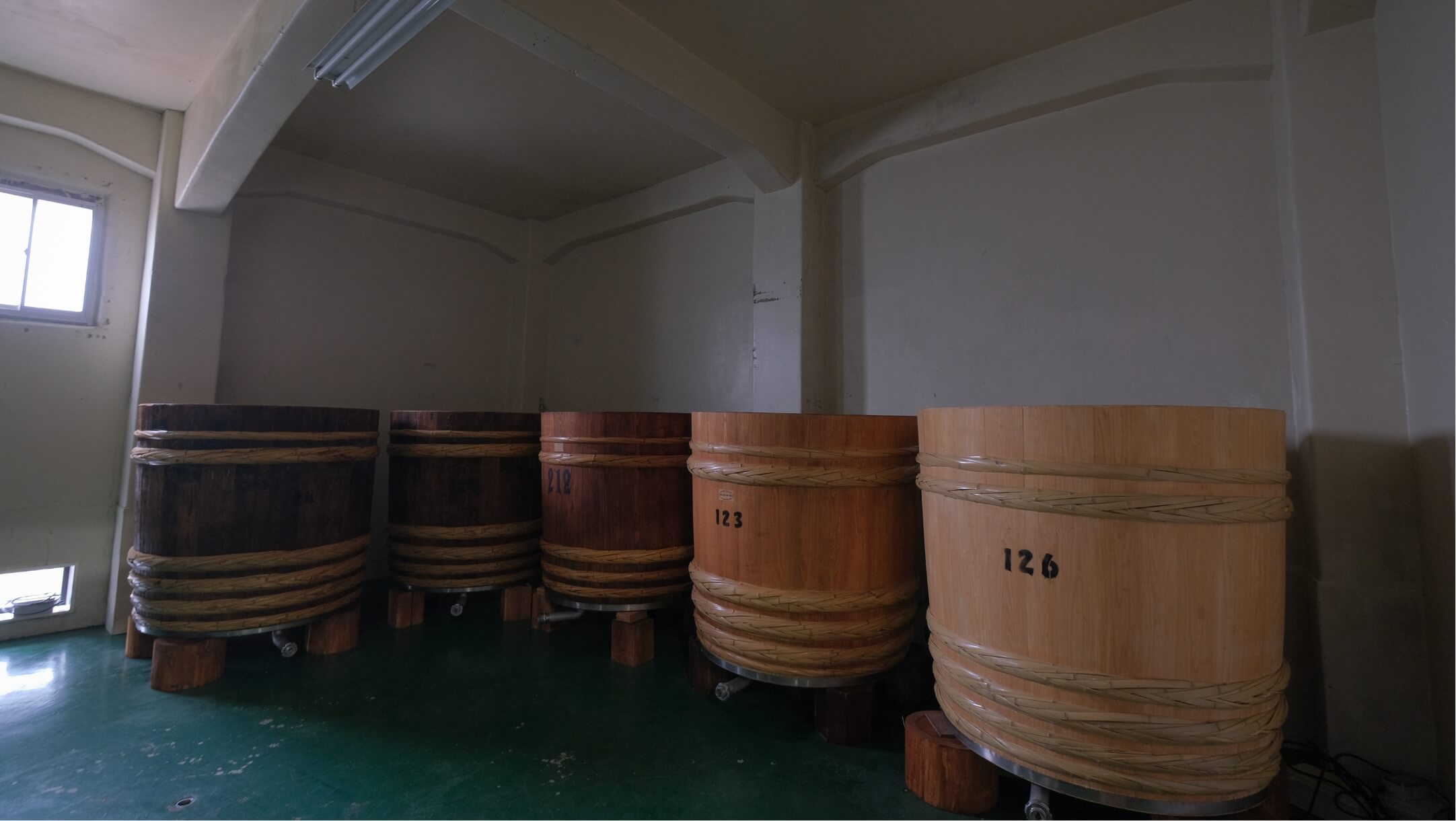
―Can you tell us about these “kioke” vats?
Teruaki Hashimoto: Nowadays, most sake brewing is carried out in stainless steel tanks – one of the reasons for this is that it offers precise temperature control which is a key element to achieving the desired flavour profile for certain styles of sake. On the other hand, “kioke” are vats made of wood that have no mechanical temperature control built in at all, which has made them quite a rarity in sake breweries today. We’d also got rid of ours but ended up bringing them back in 2010 as we looked for more ways to represent our hometown Yoshino through our sake.
―Can you tell us a little more about why you decided to bring them back?
Teruaki Hashimoto: Yoshino is known for producing Yoshino cedar and forestry is a major local industry. It dates back to the Muromachi Era (1336-1573). Toyotomi Hideyoshi used it in the construction of Osaka Castle and Fushimi Castle, selected for its sturdy reputation. In the Edo Era (1603-1868), it was valued for making sake barrels and kioke, again because of its sturdiness, but also because of its pleasant aromas and because it didn’t colour the sake contained within. Truly, it’s thanks to the history of Yoshino cedar that we’re here making sake today – the least we can do is tell the story of Yoshino cedar through our sake in return. There’s a local project here that brings forest rangers, sawmills, coopers, and brewers together with the goal of promoting Yoshino cedar, and that’s how we got started, building our kioke vats from Yoshino cedar and using them for brewing.
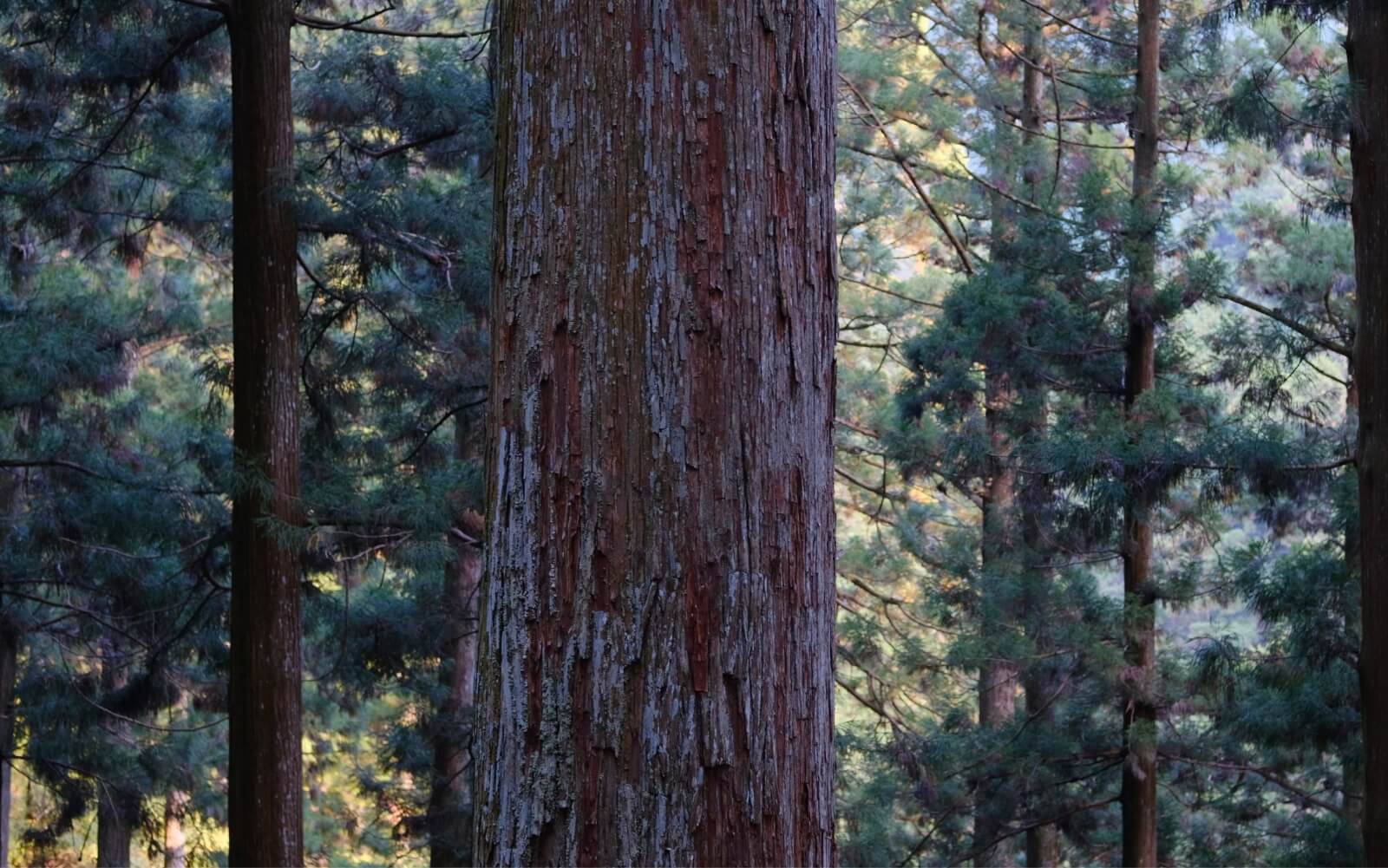
―It must be great to be making sake that’s so deeply rooted in where you come from.
Teruaki Hashimoto: In our community, I like to think of businesses such as ours, where we take raw materials and produce something from them, as a natural extension of the businesses that produce the raw materials themselves. Nowadays there is a lot of sake that has been made to match whatever has high demand on the market, but if everyone does this, the world of sake will become more and more homogenous, and we’ll lose some of the mystique that makes sake so special. If we as a sake brewery were to try to make sake that fits whatever the most widely accepted version of what tastes good happens to be, we would be uprooting ourselves from the terroir that would otherwise define us. We don’t want to lose what makes us unique, and that’s why the making of Amarta and the flavours it possesses are inextricably bound to Yoshino. I think that’s what makes it special. I’ve ultimately come to the understanding that everyone’s preferences and tastes are different, and people can be drawn to a sake for a hundred different reasons, so I try not to have too specific a definition in mind for “who I’m making this sake for.” Equally, I can’t say for sure that just because I like a certain style of sake that it must necessarily be good. That’s not to say that anything goes, of course. Instead, I’ve tried to think of sake brewing as more of a natural process, like the path of a river or the shaping of a mountain. You simply allow yourself to be directed by nature, by its invisible but inevitable forces. The sake isn’t made, it’s born. That’s the message I want to share with people through this sake.
―So Amarta isn’t so much crafted by human hands, but rather something that has naturally taken form?
Teruaki Hashimoto: That’s right, and I think that’s what defines a “terroir-expressive” flavour profile. Some people might take this the wrong way, but I don’t think that the flavour profile that by the current popular definition is “delicious” and the flavour profile of a terroir-expressive sake are the same. Actually, the very fact that the flavour of this sake doesn’t match with that popular definition makes it all the more representative of where it comes from. No two places in the world are the same, and it’s with that understanding of the world in mind that I make my sake. In today’s world, where you can make any style of sake you like, that’s become one of the guiding principles of our brewery. I want people to enjoy the sake that this place has given birth to. And I hope everyone will have a chance to visit us in Yoshino too.
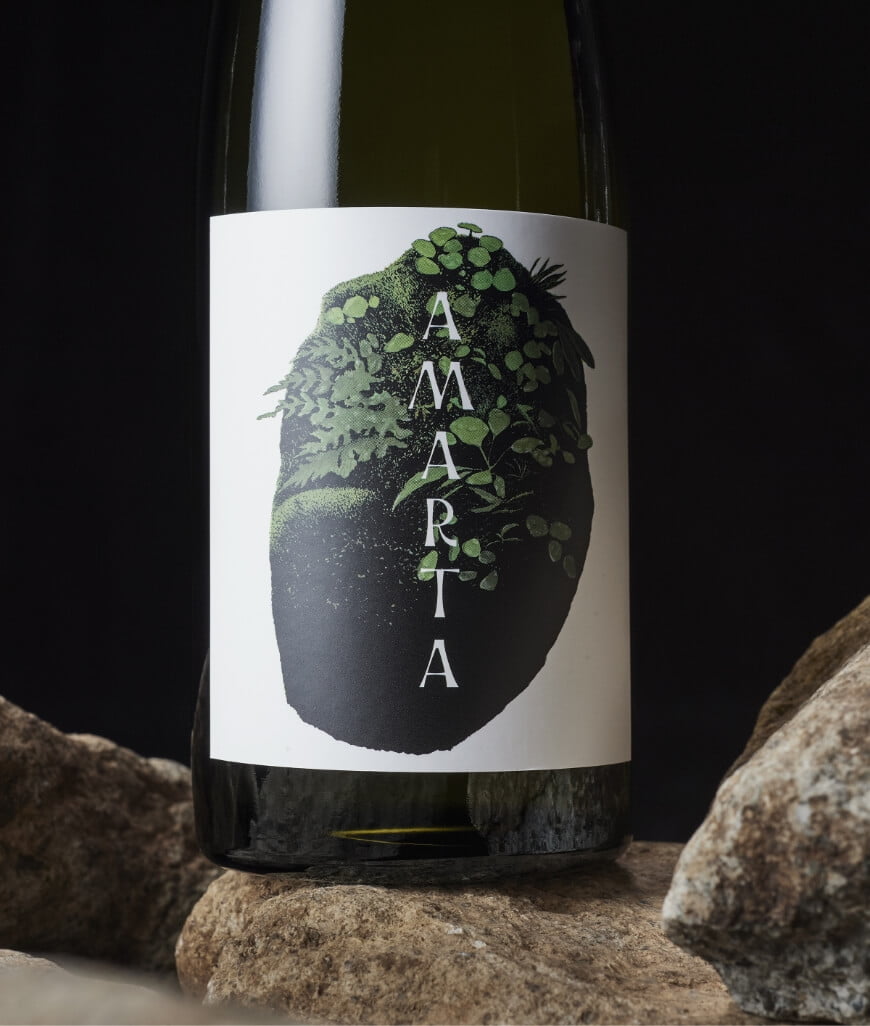
A stone, rounded and smoothed by years of weathering and covered in moss.
This is the label design we chose for Amarta, expressing the long history of Yoshino, its abundance of nature, and the power nature possesses to shape and form.
With its indelible background and unique flavours, Amarta will appeal to all kinds of people – if you love things that have been made with thought and care, if you love the feeling of the new discoveries and experiences you get when you travel, or if you love sake with artwork that captures the essence of what is contained within, Amarta is for you.
In a world of standardizations, in an era overflowing with products that seem to blur into a single, homogenous mass, we think that this sake, so incredibly representative of its birthplace, will be all the more appealing.
Tasting Amarta is one of the genuine thrills of the sake world, a uniquely authentic experience. We hope you will enjoy it.
- Home
- AMARTA
